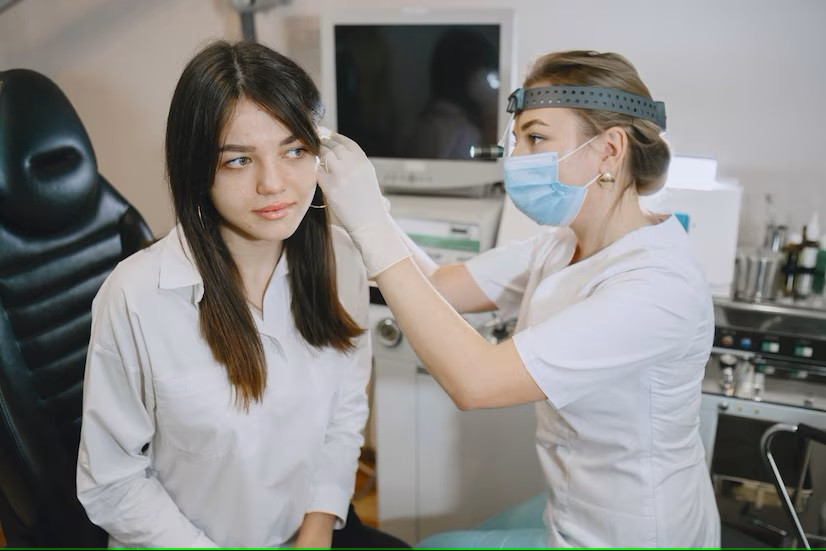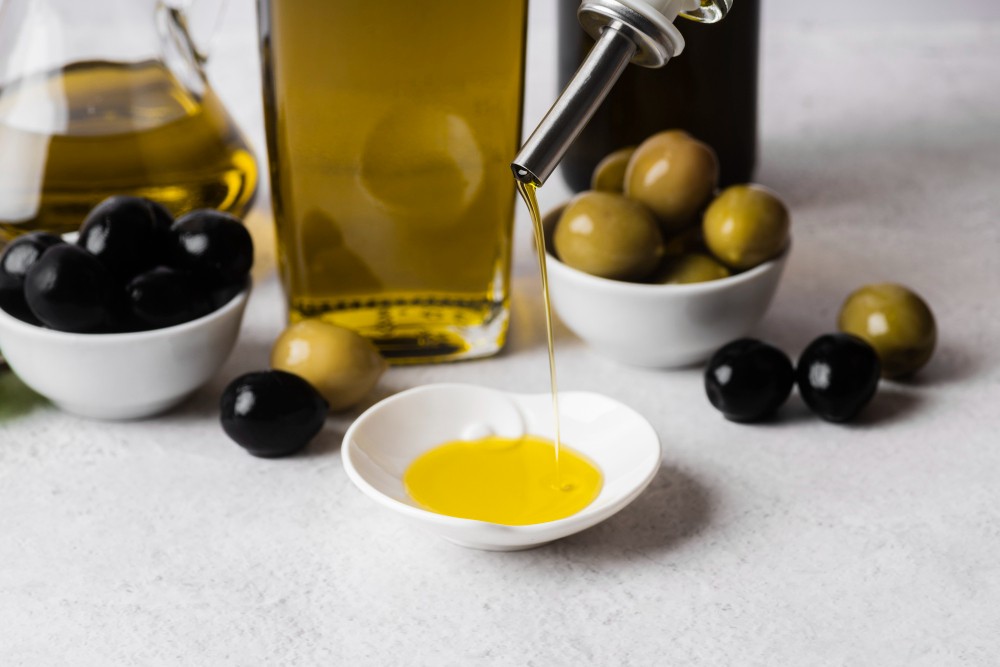Cerumen, often known as earwax, serves several crucial roles in maintaining ear health, including protecting the eardrum and inner ear against water, dust, dirt, and other irritants that can lead to infection. Earwax serves as a natural lubricant, maintaining the health of the skin inside the ear.
Nevertheless, the accumulation of excessive earwax can result in a variety of problems including infection, congestion, pain, and hearing loss. Consequently, it is crucial to maintain the cleanliness of your ears and remove earwax.
How to properly clean and care for your child's ears
The ear basically has a self-cleaning mechanism. When the child chews or speaks, too much earwax will come out by itself through jaw motions.
It is not necessary to clean your child's ears regularly if there are no concerning signs. Nevertheless, due to the fact that an excessive accumulation of earwax can result in a number of issues, it is important that you continue to keep your ears clean.
It is important to clean the ears of children, particularly if there is fluid coming out of the ears, which is an indication that there is a buildup of wax in the ears; if the child appears to be experiencing excessive itching; or if the child appears to be uncomfortable with his ears.
Read more: Sinus Preauricular (Small Lubang In Front Of Upper Ears) What Is It?
Here are some strategies to maintain cleanliness of your child's ears:
Use a wet towel
A damp washcloth and a small amount of warm water can be used to sanitize the outer part of your child's ears. This can be performed in the shower to help in the softening of earwax.
It is recommended to avoid inserting objects or cloth into the ear canal; instead, focus on the outer side.
Head tilting during showering
Teach your child to tilt their head from one side to the other after a bath. It helps the ear clear residual materials and water.
Read more: 3 Types Of Ear Infections And Differences
Applying ear drops
Children who are prone to an excessive buildup of earwax may use ear drops that the doctor has prescribed. Typically, drops containing hydrogen peroxide may help with the softening of earwax, making it easier for the wax to naturally fall out and be wiped with a washcloth.
To protect your child's ears from burns and other harm, don't use ear candles to clean them. You should also avoid using cotton buds or any sharp things, since they have the potential to push the wax deeper and cause harm to the eardrum.
See an otolaryngologist (ENT) if your kid develops hearing loss, pain, or a foul-smelling discharge—all signs of a severe accumulation of earwax. The doctor will examine the child's ears and remove any accumulation of earwax with the use of a specific instrument.
If you need medical advice or consultation, you can either visit a doctor or make use of the consultation features that are available in the Ai Care application by downloading the Ai Care application from the App Store or Play Store.
Looking for more information about pregnancy, breastfeeding, and the health of women and children? Check here, yes!
- dr. Alvidiani Agustina Damanik
Cat Matta (2022). Should You Clean Your Child's Ears?. Available from: https://www.verywellfamily.com/how-to-clean-your-child-s-ears-5235249
Cleveland Clinic (2023). Earwax Blockage. Available from: https://my.clevelandclinic.org/health/diseases/14428-ear-wax-buildup--blockage
Frances Gatta, Kristin Mitchell (2024). How to Clean Your Ears. Available from: https://www.webmd.com/skin-problems-and-treatments/how-to-clean-your-ear
John Hopkins Medicine. Using Cotton Swabs in Children’s Ears. Available from: https://www.hopkinsmedicine.org/health/wellness-and-prevention/using-cotton-swabs-in-childrens-ears











